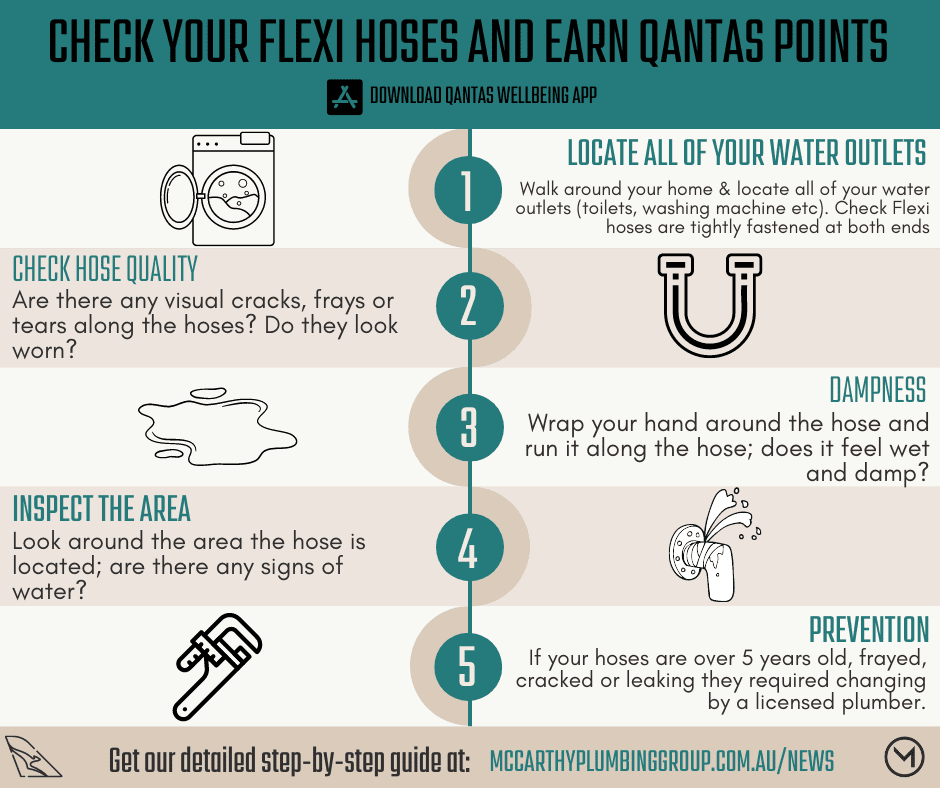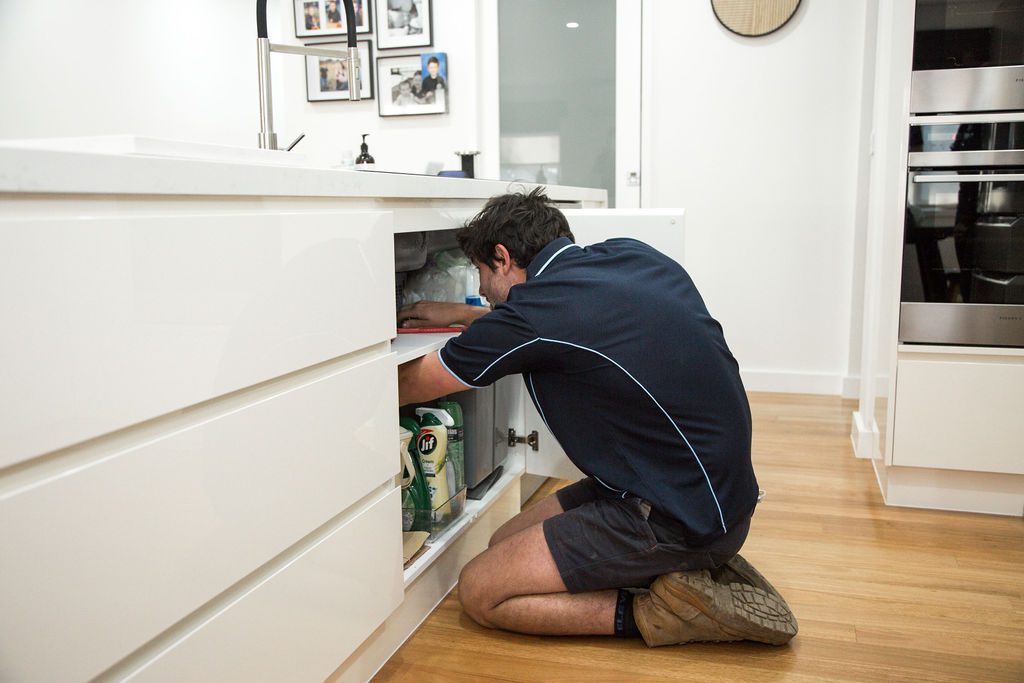How often should I replace my flexi hoses? Tips for avoiding water damage to your home
What are flexi hoses?
A flexible hose, commonly known as a flexi hose, is a stainless-steel braided hose that encases a rubber pipe. They are extremely common and found in almost all suburban homes across West Melbourne. Flexi hoses will be installed beneath your kitchen sink, under your laundry sink, connecting your dishwasher, your fridge water supply, under your zip tap/water filter unit and connecting your toilet cistern.
Flexi hoses reduce the stress on pipes by withstanding vibration, contraction and expansion and are bendable and adaptable to areas. They are also cheap and simple for plumbers to use, reducing labour costs when installing plumbing fixtures.
They do, however, have a reputation as a nuisance plumbing fitting and are blamed for up to 22% of flooded homes in Australia.
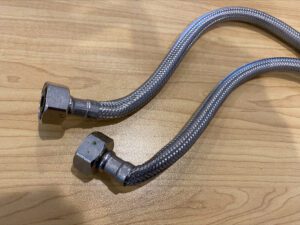
What are the signs that my flexi hose may burst?
If any of your flexi hoses have braiding that is frayed, rusted, your hose is stretched too tightly, is kinked or you know you haven’t had them changed over in 10 years, that is a sign your flexi hose may burst. When a flexi hose bursts, the amount of escaped water can equal the volume of a family swimming pool!
Burst flexi hoses in single storey properties cause thousands of dollars in damages to flooring, however if a flexi hose bursts in a two-storey home, the escaped water can leave a devastating path of destruction; carpets, flooring, ceilings, appliances, furniture, art etc.
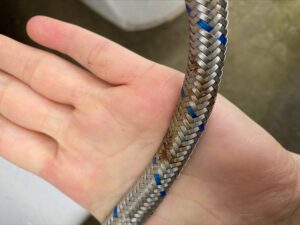
Why do flexi hoses burst when you’re on holiday?
Being plumbers, we often get calls from our clients to replace flexi hoses after the damage has been done. And the most common time that a flexi hose tends to fail is when a client is away for a weekend or on holiday.
During a normal day, we brush our teeth, wash our hands, have a glass of water, clean the dishes and flush the toilet, with water coming through our pipes all day long. During the night when we sleep, the water flow is dormant in the pipes waiting to be released by the flush of the toilet or turn of the tap in the morning when we awake.
The water in the pipes is pressurised, and the morning flush of the toilet releases that pressure. When we go away on holiday, the water in the pipes is under constant pressure and does not get its daily ‘release’. This doesn’t prove a problem on most occasions, however if a flexi pipe is damaged or ageing, it is a weak point in the pipe system and its integrity is compromised, causing the risk of a burst hose and escaped water.
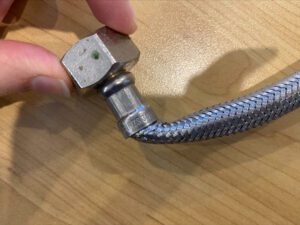
Are burst flexi hoses covered by Insurance?
IAG, Australia’s largest general insurer, completed research recently which stated flexi hoses turn from a convenience to an annoyance at the 5-10 year mark, and they suggest changing all flexi hoses in your home during this time before their warranty ends and they become forgotten ‘ticking time bombs’.
Another Insurer, QBE, says whilst most home owners with home and contents insurance will be covered for escaped water in their policies, that they should check their Product Disclosure Statements (PDS) to understand limits, exclusions, payable excess and your current sum insured levels.
Cornerstone Insurance Group Director, Todd Arnold, has plenty of experience in escaped water claims and states “flexi hoses have a finite lifespan, and if one bursts, it can cause quite significant water damage to your home – particularly if this occurs when you are not home, or away on holiday. Insurers receive thousands of flexi hose related water damage claims every year, a large portion of which could have been avoided had the owner actively undertaken preventative plumbing maintenance. I have personally seen flexi hose water damage claims in excess of $40,000, which could have been prevented with an inexpensive replacement hose”.
What can you do to prevent your home from flooding from a flexi valve?
Todd Arnold also stated that “Often the hoses are simply out of sight, and out of mind. Prevention is definitely better than cure – engage a local qualified plumber to perform an audit – it could save you thousands, and a whole heap of stress”.
There are 5 steps we advise that you take to ensure you reduce the likelihood of a flexi hose burst and your home flooding from the escaped water:
- Get comprehensive home and contents insurance and check your PDS for escaped water coverage. Using a broker like Cornerstone Insurance Group can assist you in getting a thorough policy.
- If your flexis are over 5 years old, or are showing signs of wear, engage in a licensed plumber like McCarthy Plumbing Group to replace your flexi hoses.
- While your plumber is there, get them to add mini stops to all flexi hose waterlines as an added insurance policy if a flexi hose does burst; mini stops will allow you to isolate escaped water from a burst flexi hose at a toilet/basin etc without having to turn off your mains supply.
- You can also ask them to install a pressure reducing valve, also known as a pressure limiting valve, if you have an older home (all newer homes will have them installed as a standard). This valve will ensure your plumbing fixtures will not exceed a pressure of 500 kPa.
- Turn off your water at the mains when you go away on holidays. For instructions on how to turn your water of at the water meter have a read of this blog here.
If you haven’t had your flexi hoses changed in over 5 years, please contact McCarthy Plumbing Group today to organise replacement hoses and safeguard your home from the risk of it being flooded.
